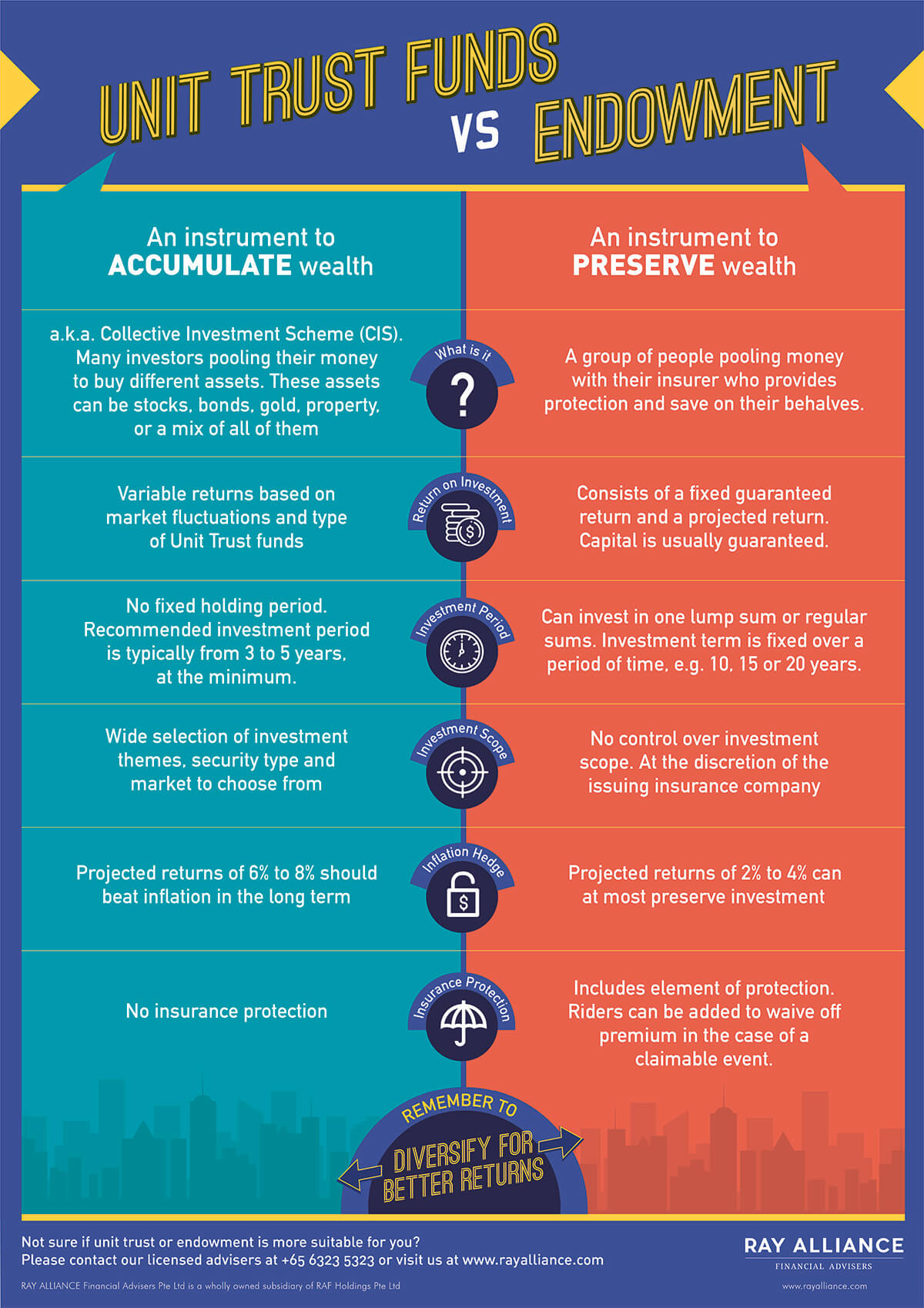6 Things You Should Know As ElderShield Switches To CareShield Life
13 Apr 2021
2018 has been a year of change when it comes to insurance that takes care of the medical needs of Singaporeans. In March this year, the Minister of Health announced that integrated shield plans (ISPs) will no longer offer riders that offer 100% claims for medical bills. Every ISP will need to come with a co-payment element of at least 5% to address the problem of over-consumption of medical services.
Barely three months after announcing the change to ISPs, the Ministry of Health (MOH) is making another change to another insurance scheme: Eldershield. Following reviews from the ElderShield Review Committee (ESRC), recommendations were made by the committee to the ElderShield scheme. These recommendations were accepted by MOH and will start kicking in from 2020 onwards.
Here are six things you should know about the new CareShield Life that will soon replace ElderShield.
- Higher Payouts With Lifetime Coverage
We are often sceptical about change, especially when it comes to insurance. That being said, we believe that the change from ElderShield to CareShield Life is one that you should be secretly happy about.
For starter, both ElderShield and CareShield Life offers lifetime coverage. This means that you will still continue to enjoy the coverage benefits even after you have stopped paying for the premiums.
The other benefit of the change to CareShield Life is the higher payout amount and longer payout period.
Eldershield comes with two different schemes: ElderShield 300 and ElderShield 400. You will be able to claim $300 a month for 5 years under ElderShield 300. ElderShield 400, an enhanced ElderShield scheme, will allow you to claim $400 a month for 6 years. In other words, ElderShield schemes only offer fixed payouts for fixed payout period.
The newly proposed CareShield Life not only offers flexible payouts, but it also allows claims to be made for life.
Source: Ministry Of Health
Under CareShield Life, you will be able to receive higher monthly payout when you delay your claim. This is to encourage you to maintain a healthy lifestyle to avoid disability while also accounting for the higher cost of long term care expenses when you are older. The payouts will then continue as long as you are alive due to its lifetime payout clause.
- Voluntary Opt-Out To Compulsory Opt-In
Under the old ElderShield scheme, you will be automatically enrolled once you have turned 40. You will receive an ElderShield notification letter on your 40th birthday to inform you of your automatic enrolment into ElderShield. However, you have the option to opt-out of the scheme due to its opt-out nature.
With the new CareShield Life scheme, all Singaporeans (and PRs) will be included in the scheme (READ: Compulsory). As long as you are below the age of 40 before 2020, you will be opted into CareShield Life once you turn 30 (or by 2020 depending on whichever is earlier).
- Option To Switch For Existing ElderShield Policyholders
Then what about current ElderShield Policyholders? Will they be automatically transferred to the CareShield Life scheme?
For current ElderShield policyholders, you will still be covered under ElderShield as of now. However, from 2021 onwards, you have the option to switch to CareShield Life. The only caveat is that you mustn’t be already claiming from ElderShield or been incapacitated by a disability prior to 2021.
For those who have already opted out of ElderShield, you must thank your lucky stars. With the introduction of CareShield Life, you can now opt back into the scheme from 2021. Similarly, you will need to be free from any disability prior to 2021.
- Premium Discounts For The Start And For Low-Income Families
Unlike ElderShield, CareShield Life will be administered by the Singapore government. The change in administrators from private insurers to the Singapore government means that the Singapore government will provide financial aid for Singaporeans to ensure that every Singaporean can afford long term care insurance. The government will provide three types of premium subsidies: Permanent means-tested subsidies, transitional subsidies and additional subsidies.
- Transitional Subsidies
Starting from 2020 when CareShield Life will be first launched, the government will provide a 5-year subsidy for ALL Singapore citizens. The 5-year transitional subsidies will amount to $250 ($70 in 2020, $60 in 2021, …, $30 in 2024).
- Permanent Means-Tested Subsidies
As the name suggests, the permanent means-tested subsidies will be permanent as long as you and your family falls within the monthly per capita household income.
Monthly Per Capita Household Income of $1,100 or less | Monthly Per Capita Household Income of $1,101 to $1,800 | Monthly Per Capita Household Income of $1,801 to $2,600 | Monthly Per Capita Household Income of $2,600 or above | |
| Permanent subsidies | 30% of premiums | 25% of premiums | 20% of premiums | N.A. |
- Additional Subsidies
If someone is still unable to pay for CareShield Life premiums even after the first two subsidies, additional premium support will be provided by the government. This is to ensure that every Singaporean will be covered by CareShield Life.
- CareShield Life’s “Lenient Underwriting Process”
The other benefit of having CareShield Life administered by the Singapore government, instead of private insurers, is the flexibility to adjust the underwriting process.
Previously, anyone with pre-existing disabilities would be excluded from ElderShield. This can be attributed to the low profitability for private insurers if they were to insure those with pre-existing disabilities. Under the government’s care, CareShield Life will have a much more “lenient underwriting process” to achieve universal coverage for Singaporeans, according to MOH. This means that even those with common chronic conditions such as diabetes and hypertension can also be covered under CareShield Life.
- Is The New CareShield Life Enough for Your Long-Term Care Needs?
Given the increased payout amount and longer coverage term for CareShield Life, the question remains whether it is enough to supplement your long-term care needs in the event of disability.
Unfortunately, the enhanced CareShield Life is meant to offer basic long-term care cover rather than a comprehensive set of long-term care cover. It is very likely that you need to supplement it with private disability insurance for additional coverage.
Interested in reviewing your current long-term care plans to determine whether it is adequate to protect you during your old age? Set up a meeting with our financial advisers today by simply signing up here.











